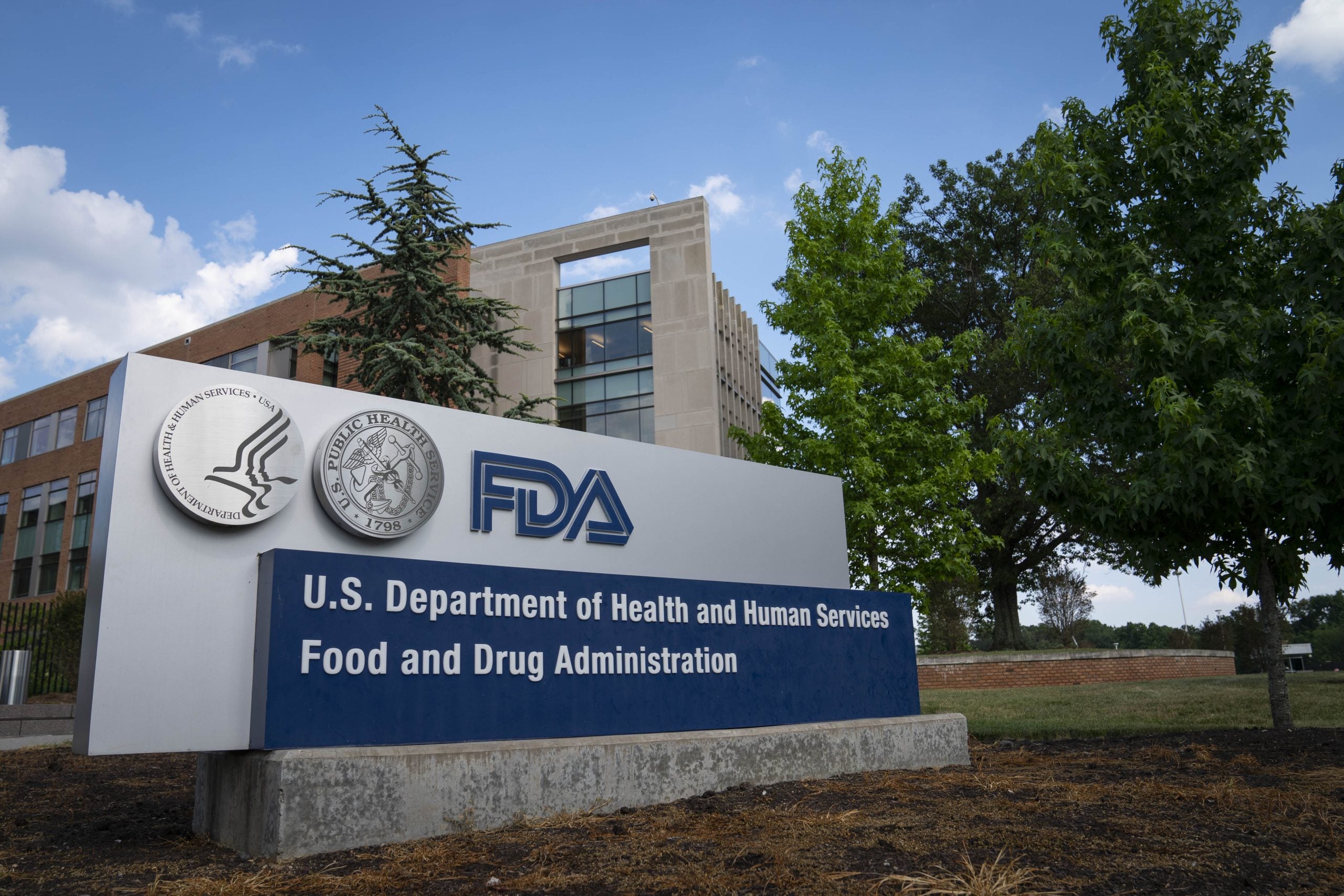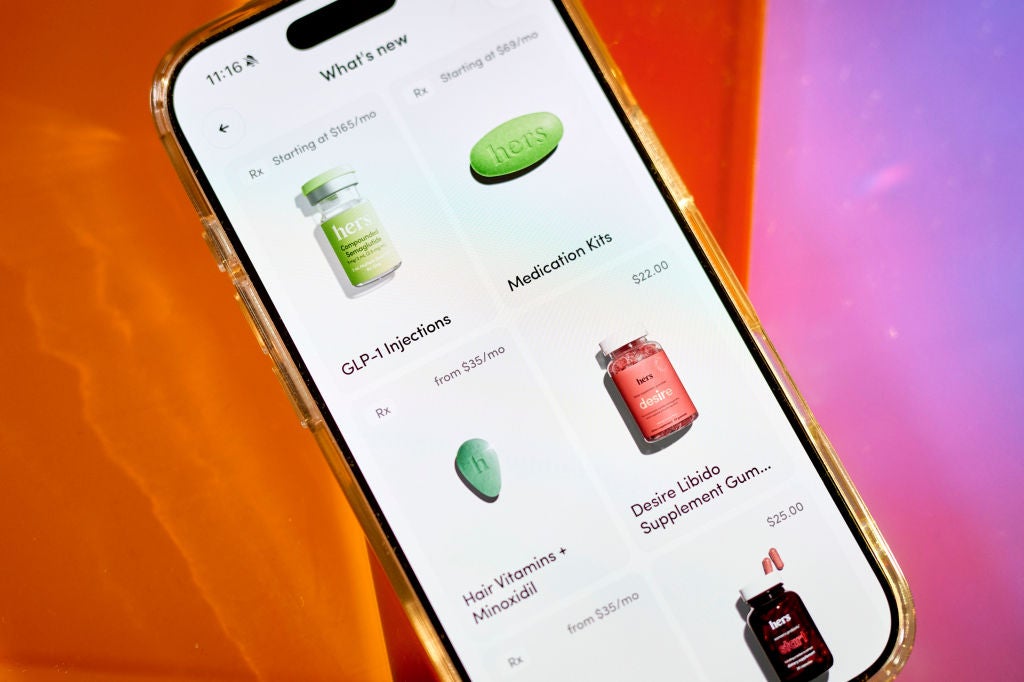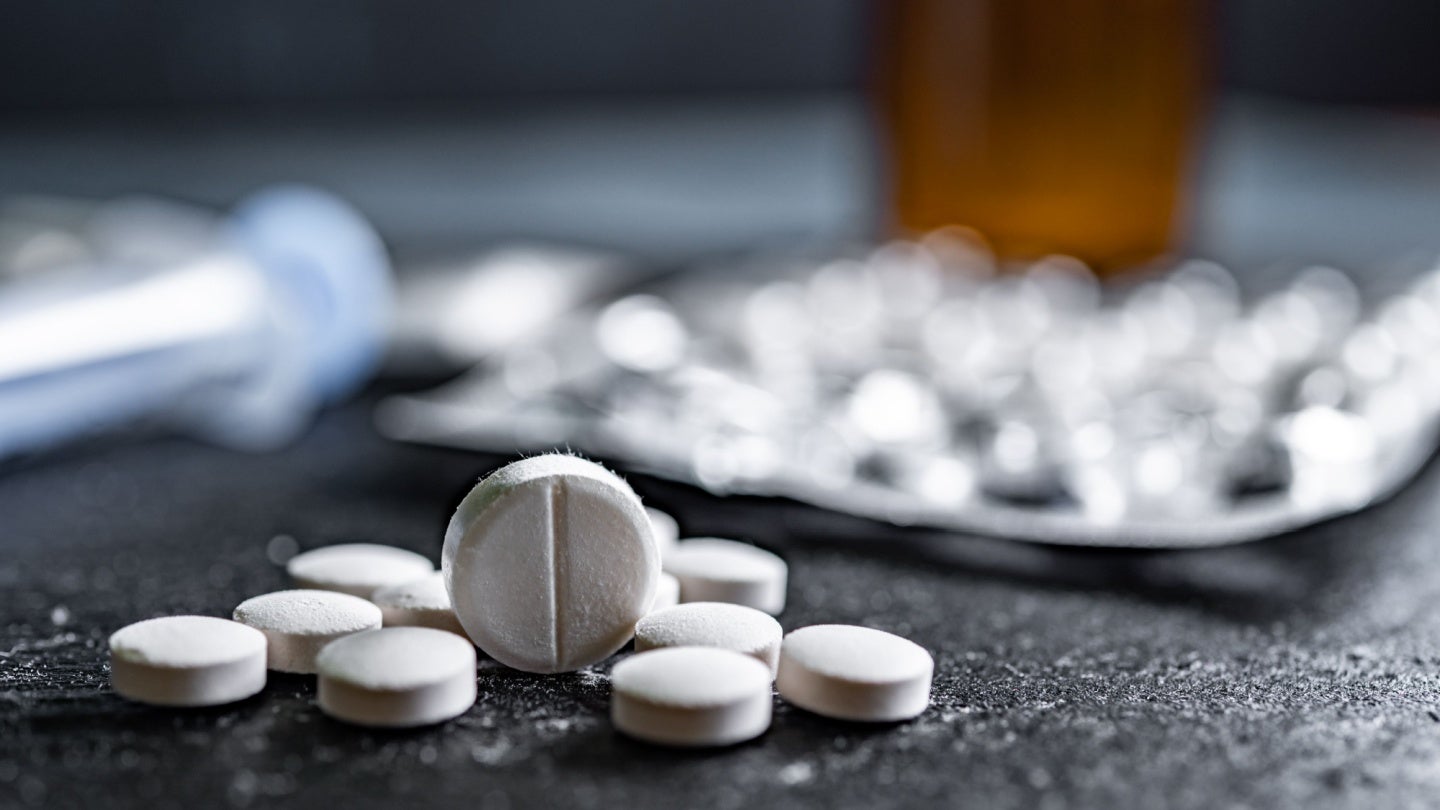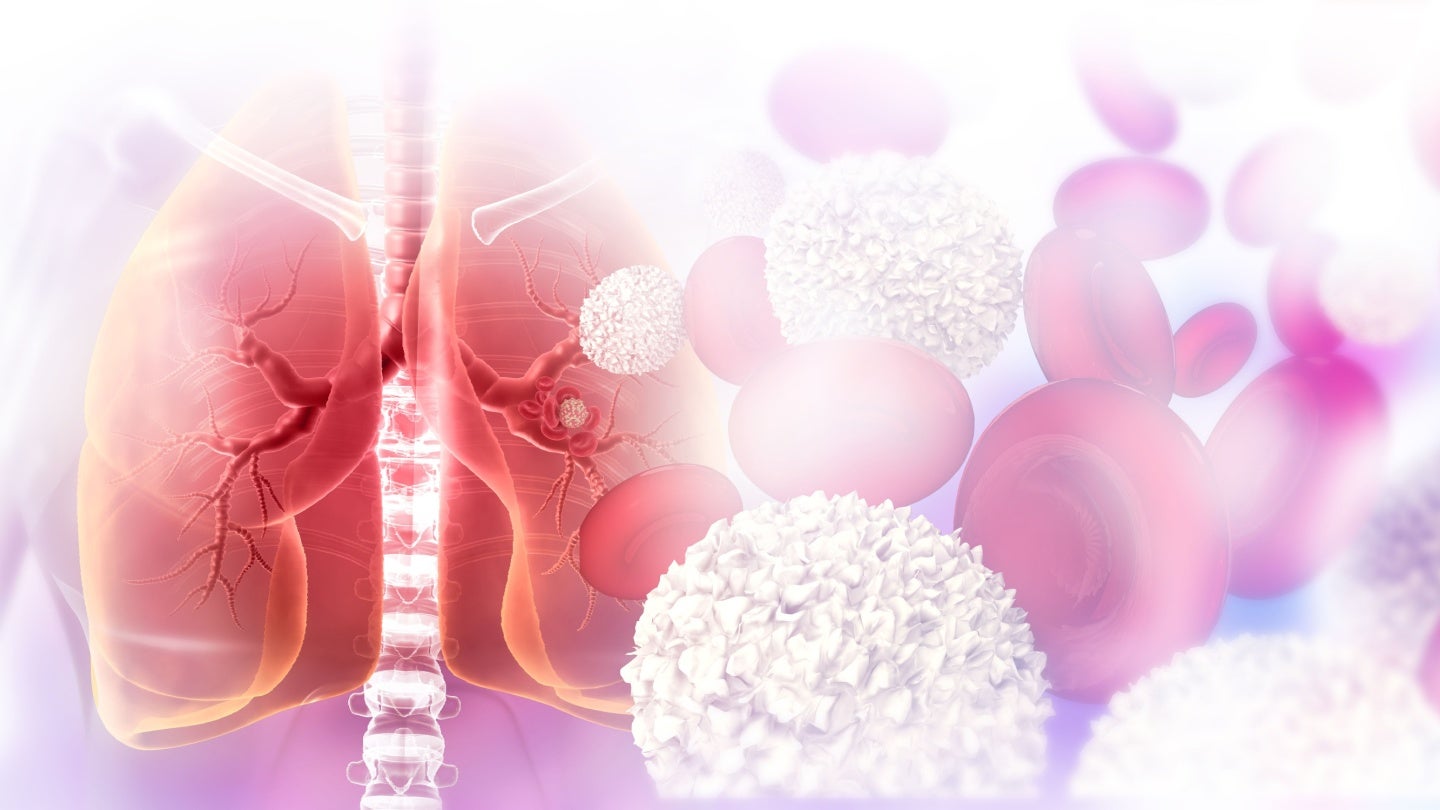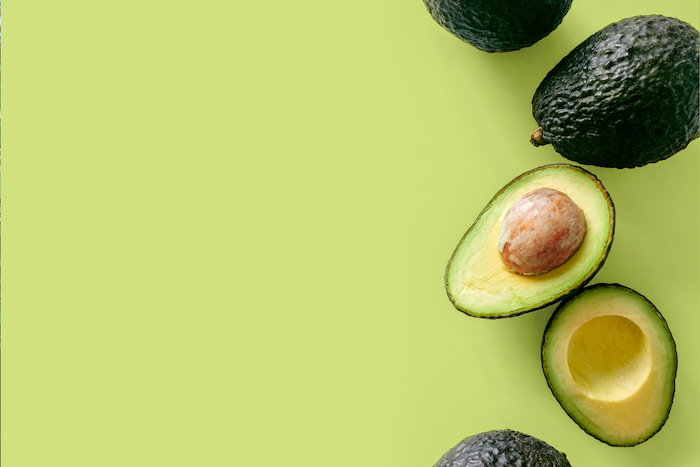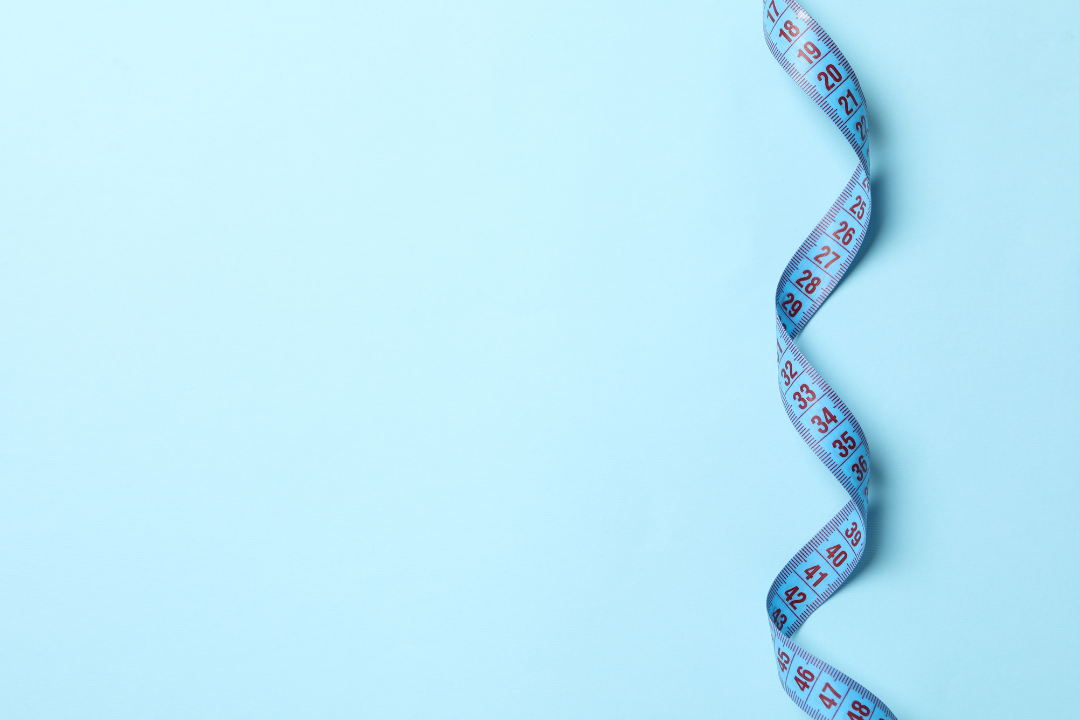How Vitamin C Affects Iron Intake
Iron is a mineral that is important for human health as it is a component of hemoglobin, the protein in red blood cells that carries oxygen from the lungs to the rest of the body. Iron also plays a role in immune function, regulating body temperature, and producing energy. Without enough iron, the body can’t […] The post How Vitamin C Affects Iron Intake appeared first on Purality Health® Liposomal Products.

 Iron is a mineral that is important for human health as it is a component of hemoglobin, the protein in red blood cells that carries oxygen from the lungs to the rest of the body.
Iron is a mineral that is important for human health as it is a component of hemoglobin, the protein in red blood cells that carries oxygen from the lungs to the rest of the body.
Iron also plays a role in immune function, regulating body temperature, and producing energy. Without enough iron, the body can’t produce enough hemoglobin, leading to iron deficiency anemia, which causes fatigue, weakness, and other symptoms.
A balanced diet that includes both heme and non-heme iron sources is important for maintaining optimal iron levels and overall health.
But what are these two types of iron?
They’re essentially the same, but these forms of iron have one major difference…
Heme iron vs non-heme iron
Not many people are aware of this, but there are technically two different kinds of iron – heme iron and non-heme iron.
Heme iron – Heme iron is a type of iron found in animal products like meat, poultry, and fish. It is easily absorbed by the body and considered a more bioavailable form of iron than non-heme iron. Heme iron makes up about 40% of the iron in animal tissue and is a key component of hemoglobin, the protein in red blood cells that carries oxygen to the body.
Non-heme iron – Non-heme iron is the type of iron found in plant-based foods, such as legumes, tofu, spinach, and fortified grains. It is less easily absorbed by the body compared to heme iron. Non-heme iron makes up about 60% of the iron in a typical diet and is found in both animal and plant tissues. Although it is a less bioavailable form of iron, it can still be an important source of iron in a balanced diet.
Essentially, the difference between these two comes down to how readily available they are for the body to absorb. But regardless of which one you’re taking in most, it’s important that you ensure your body is actually absorbing it.
The prevalence and dangers of iron deficiency
 Iron deficiency anemia affects 25% of the global population and is the most common cause of anemia.
Iron deficiency anemia affects 25% of the global population and is the most common cause of anemia.
Symptoms of iron deficiency include fatigue, dizziness, headaches, cold sensitivity, and shortness of breath during physical activity. It can also affect mental function, including attention span, and has been linked to learning difficulties in childhood. Some people may also experience restless legs syndrome, poor appetite, and a sore or swollen tongue.
Populations most vulnerable to iron deficiency are children, adolescents, and women of reproductive age, especially during pregnancy, as their iron needs are higher.
Some studies suggest vegetarians are more prone to iron deficiency, while others show no difference with an omnivore diet after adjusting for inflammation. To compensate for the lower absorption of non-heme iron, vegetarians are advised to increase their iron intake by 1.8 times the recommended amount.
If you’re experiencing any of these, it’s time to look into iron supplements or ways you can increase your iron intake through foods.
And vitamin C can help…
How vitamin C affects iron absorption
Vitamin C can enhance iron absorption by converting non-heme iron to heme iron, allowing for a higher absorption rate of the iron into the body.
This is why vitamin C-rich foods, such as citrus fruits, are often recommended to be consumed with iron-rich foods.
In fact, research from 2017 found that increasing your vitamin C intake is a practical way to ensure optimal iron levels. [1]
This is because – no matter which type of iron you’re taking in – the vitamin C can allow them to be more soluble and be taken in by the body.
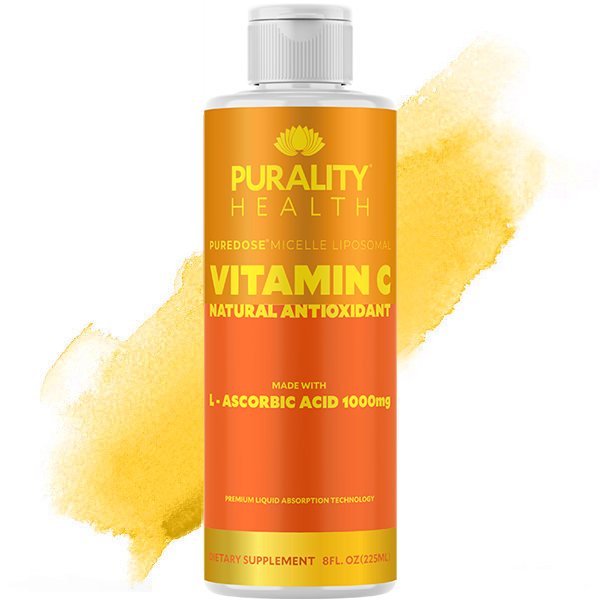 Another thing that can help your body take in iron is beta carotene.
Another thing that can help your body take in iron is beta carotene.
This is a red-orange pigment that’s responsible for the colors of carrots, belle peppers, berries, and other fruits and vegetables.
It’s often converted into vitamin A within the body. But it can also help regulate iron levels by releasing any iron that the body may be storing, allowing it to be put to good use.
Beta carotene is present in our Micelle Liposomal Vitamin C formula.
We use it for natural coloring, but it also benefits your health. This means you get TWO incredible compounds that can enhance the absorption of your iron.
If you think your iron levels are low, Purality Health’s Micelle Liposomal Vitamin C can help your body properly pull in the iron you consume through diet OR supplements.
>>> Click here to see ingredients, reviews, and how you can save 25% TODAY!
The post How Vitamin C Affects Iron Intake appeared first on Purality Health® Liposomal Products.
What's Your Reaction?








